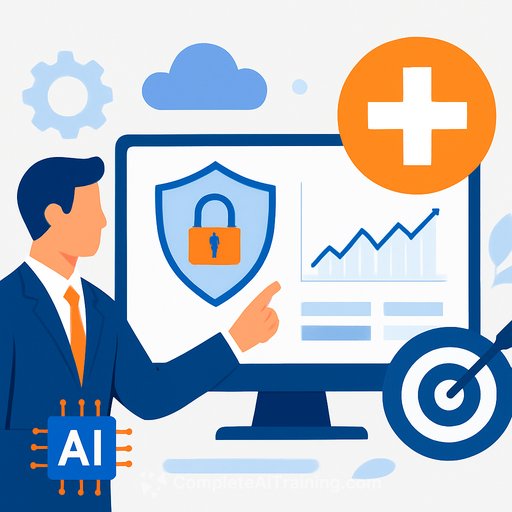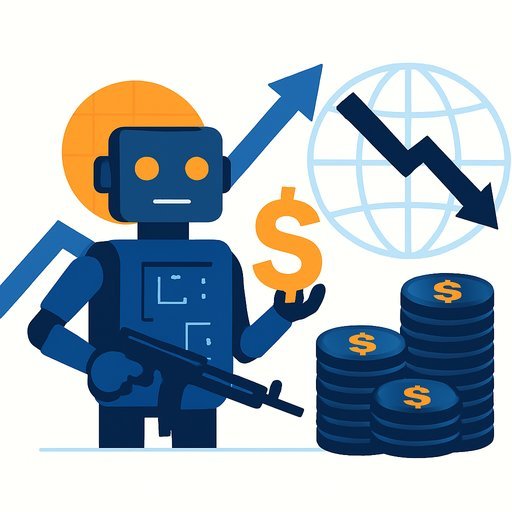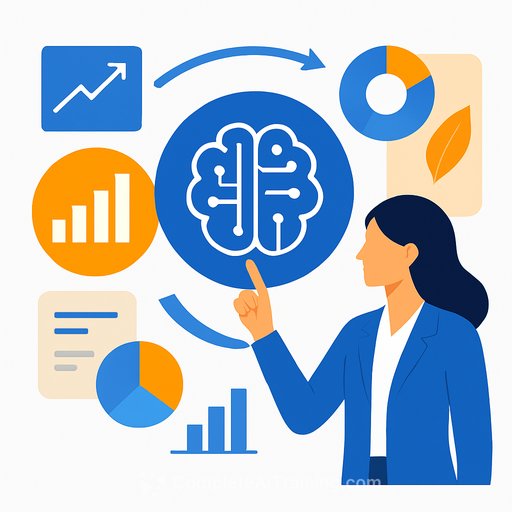AI Security Solutions Transform Risk Management Strategies
Switzerland's digital economy runs on trust. AI risk management brings that trust into focus by tying cyber threats to real business outcomes-revenue, uptime, and customer confidence. This shift gives leadership faster decisions, clearer priorities, and fewer blind spots.
AI-native platforms sit at the center. They connect telemetry across tools, predict where risk will show up, and suggest the next best move. For executives, that means less guesswork and a clearer line of sight from threat to balance sheet.
AI-native Platforms: A New Era in Risk Management
Traditional risk assessments depend on periodic reviews and historical patterns. AI-native platforms use real-time data and machine learning to spot threats as they form and forecast impact before it hits operations. The result is sharper visibility and quicker responses.
These platforms integrate with existing systems-cloud, identity, endpoints, data stores-so leaders see one threat picture, not twenty dashboards. For Swiss companies, that integration supports stronger defenses without ripping and replacing current investments.
Cybersecurity Innovation: Bridging Risks to Results
AI connects detection with business impact. It ranks threats by what they could cost, the services they could disrupt, and the commitments they could jeopardize. That lets teams protect what matters most and stop chasing noise.
Swiss enterprises are using these insights to prioritize controls on high-value assets, tune alerting, and direct spend where the risk is real. Security moves from a cost center to a performance driver because every action ties back to outcomes.
Business Impact Analysis: Informing Strategic Decisions
AI strengthens business impact analysis by modeling scenarios, estimating losses in Swiss Francs, and highlighting downstream effects across functions. Executives can compare options-prevent, mitigate, insure-and choose the most effective mix.
This approach supports board-level reporting with numbers instead of narratives. It sharpens strategy, improves incident readiness, and creates confidence in how risk is handled across the enterprise.
What This Means for Executives
- Set risk appetite in financial terms (CHF) and link it to critical services and customer commitments.
- Instrument key assets (identity, data, cloud workloads) and feed telemetry into an AI-native platform.
- Adopt playbooks that trigger automated containment with clear human approval steps.
- Tie cyber metrics to business KPIs-availability, regulatory exposure, and contractual obligations.
- Run quarterly simulations to test response, validate assumptions, and refine investment plans.
Implementation Checklist
- Data sources: identity events, EDR, network flow, cloud posture, data access logs.
- Model governance: define use cases, validate accuracy, monitor drift, keep a human-in-the-loop.
- Process: connect platform outputs to SIEM/SOAR for action; ensure clear ownership across teams.
- Compliance: map controls to Swiss and international standards; document decisions and evidence trails.
Metrics That Matter
- Time to detect (MTTD) and time to respond (MTTR).
- Exposure hours on high-value assets.
- Top scenarios by estimated CHF impact and likelihood.
- Coverage: percentage of critical assets with active monitoring and automated containment.
- Waste reduction: alert volume vs. validated incidents.
Swiss Context: Where to Anchor Your Program
Use national guidance and proven frameworks to accelerate adoption. The Swiss National Cyber Security Centre provides updates and practical guidance for organizations operating in Switzerland.
Build Capabilities in Your Team
If you're equipping leadership or security teams to use AI in practice, curated training can speed up adoption and reduce missteps. Start with role-based programs and recognized certifications.
Final Thoughts
AI risk management helps Swiss businesses move from generic defenses to precise, impact-driven decisions. With AI-native platforms, teams can see risk sooner, act faster, and prove business value. The path forward is clear: connect data, quantify impact, automate the obvious, and keep humans in charge of judgment.
FAQs
What are AI-native platforms?
They are systems built on artificial intelligence that process data in real time and use predictive analytics to spot and mitigate cybersecurity threats. They integrate across your stack to provide a unified view and prioritized actions.
How does AI risk management impact businesses?
It ranks risks by business impact, accelerates decision-making, and directs resources to the highest-value problems. The outcome is stronger resilience and clearer accountability.
Why is business impact analysis important?
It shows how threats affect operations, revenue, and obligations. With AI, leaders can model scenarios, quantify exposure in CHF, and choose smarter controls and investments.
Disclaimer
This content is for research and informational purposes only and should not be considered investment or trading advice.
Your membership also unlocks:






